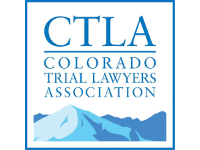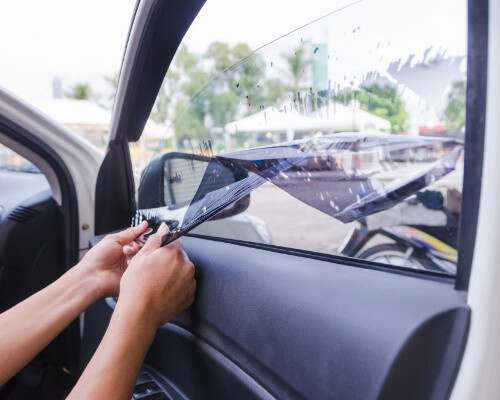
Call Us 24/7 For A Free Legal Consultation







Sunroof Tint: Since sunroofs don’t affect your visibility of the road in front or behind your vehicle, there are no laws regarding window tint on sunroofs.
Most people would think, who cares if my tint is too dark, I can see fine. Well, that is where you would be wrong. Tint on the windshield and too dark of a tint on side windows severely reduces your ability to see the road, road markings, road signs, pedestrians, other vehicles and more. Combine this with driving at night and it becomes much harder to see clearly than with a legal tint. So obviously this has an inherent danger to it, but did you know that by operating a vehicle with illegal tint, you are showing negligence by willingly breaking the law which can end up costing you big time.
Let’s say you were to get into a car accident by side swiping the person in the lane next to you. Even if you used a turn signal and did all the right things, the fact that you knowingly broke the law and impaired your vision while driving, you may be found partially at fault for the accident. That can turn into very large sums of money paid out in settlements depending on the severity of your case.
We serve clients charged with crimes or injured anywhere throughout the state of Colorado, but we focus on residents of these areas: Colorado Springs, Manitou Springs, Fountain, Briargate, Monument, Black Forest, Pueblo, Canon City, Larkspur, Security-Widefield, Peyton, Castle Rock, Teller County, El Paso County, Elbert County, Park County, Douglas County and beyond.
Consultations are always free and available 24/7 over the phone.